If you're searching for the ultimate multisport smartwatch, the Garmin Fenix E and the Garmin Fenix 8 series stand at the top of the list in 2025. Designed for athletes, adventurers, and tech enthusiasts alike, these premium watches offer a perfect balance of performance, durability, and smart features. Whether you're comparing the Fenix 8 in 43mm, 47mm, or 51mm sizes or considering the more affordable Fenix E with AMOLED display, this guide breaks down everything you need to know, from battery life and build materials to fitness tracking and GPS accuracy. If you're wondering which Fenix is right for your wrist, this in-depth comparison will help you make the smart choice.
Garmin Fenix E: The Affordable AMOLED Option
-
Case size: 47 mm-only model
-
Display: AMOLED 1.4″ touchscreen (no solar option)
-
Build: Stainless steel with Gorilla Glass lens, silicone QuickFit band
-
Weight: approx. 80 g
-
Battery: Up to 16 days in smartwatch mode; ~37 hrs GPS running (TechRadar, garminrumors.com, smartshopping.guide, Triathlete, Fitness New Zealand)
-
Features: Essential Fenix multisport/fitness tracking, Garmin Pay, notifications, but lacks solar charging, flashlight, dive‑rated leak‑proof buttons, or premium titanium options (unlike Fenix 8) (TechRadar, Wareable)
-
Price: Around £689 / $799 — positioned as a “budget-friendly” Fenix with OLED display (Wareable)
Ideal for: Users seeking solid fitness tracking with a crisp AMOLED display, without paying for ultra‑endurance or premium materials.
Garmin Fenix 8 Series: Built for Adventure
Garmin streamlined its lineup, merging the Epix AMOLED line into the Fenix 8—offering both OLED and MIP solar display options across multiple sizes (Android Central, DC Rainmaker).
Size Variants: Specs & Differences
All share core features (e.g. 32 GB storage, advanced sensors, maps, Garmin Pay, LED flashlight, microphone/speaker for voice calls and digital assistant), but differ in display size/resolution, battery, weight and materials:
43 mm (AMOLED only)
-
Dimensions: 43 × 43 × 13.8 mm | Weight: ~66 g (steel), ~60 g (titanium)
-
Screen: 1.3″ AMOLED, 416 × 416 px resolution
-
Battery: ~10 days (no AOD), ~4 days with always-on display; GPS up to ~28 h, or ~21 h with multi‑band (Thewearify, comparesmartwatch.com)
47 mm (AMOLED & Solar options)
-
Dimensions: 47 × 47 × 13.8 mm (AMOLED) or 15.2 mm thickness (Solar/MIP)
-
Weight: ~80 g (steel), ~73 g (titanium)
-
Screen: 1.4″ AMOLED or 1.3″ MIP (solar) with 454×454 px (AMOLED) or 260×260 (solar)
-
Battery:
-
AMOLED: up to ~16 days (7 days AOD), GPS ~47 h (37 h always-on)
-
Solar: up to 21 days+ solar boost (~28 days), GPS ~67 h (92 h with solar) (PhoneArena, comparesmartwatch.com)
-
51 mm (AMOLED & Solar options)
-
Dimensions: 51 × 51 × 14.7 mm (AMOLED) or 15.4 mm (solar)
-
Weight: ~102 g (steel), ~92 g (titanium)
-
Screen: Same 1.4″ AMOLED/MIP and 454×454 (AMOLED) or 280×280 (solar) resolution (no larger display)
-
Battery:
-
AMOLED: up to ~29 days (13 days AOD), GPS up to ~84 h (65 h always-on)
-
Solar: up to ~30 days + solar (~48 days), GPS ~95 h (149 h with solar) (comparesmartwatch.com, Android Central)
-
Choosing the Right Fenix 8 Size
-
43 mm: Best for smaller wrists and lighter daily wearers wanting AMOLED visuals. Battery more limited.
-
47 mm: The balanced mid‑size choice. Strong battery life, optional solar, more compact than 51mm. Titanium upgrade available at similar price. (comparesmartwatch.com, prelaunch.com)
-
51 mm: For serious endurance users and expeditions. Most impressive battery life. Heavier and bulkier may feel oversized on smaller wrists. (Reddit, Thewearify)
A Reddit user noted:
“The 0.9 mm extra thickness of the 51 mm is noticeable… if you have a very rounded wrist under 7 inches… it might not sit firmly.” (Reddit)
Pricing Overview
-
Fenix E 47 mm: ~£689 / $799
-
Fenix 8 AMOLED:
-
43 mm or 47 mm (steel): ~£949 / $999
-
Sapphire / titanium variants: ~£1,099 / $1,099
-
51 mm AMOLED: ~£1,119 / $1,099 in steel; ~£1,199 / $1,199 in titanium
-
-
Fenix 8 Solar (only 47 mm and 51 mm): Titanium + power sapphire, slightly higher than equivalent AMOLED prices (Wareable, Android Central, prelaunch.com, comparesmartwatch.com)
Key Upgrades in Fenix 8 vs Fenix E
-
Advanced MIP solar display option (longer battery life)
-
Leak‑proof dive buttons, torch, titanium build, and sapphire glass
-
Enhanced sensors: Elevate v5 heart‑rate, ECG, skin temperature, multi‑freq GPS
-
Smartwatches features: speaker/mic, voice assistant, offline maps, Body Battery, Training Readiness, maps downloads, etc. (garminrumors.com, TechRadar, Android Central)
Summary Table
| Model | Size Options | Display | Battery (SW / GPS) | Strap Size | Strap Fit & Shop |
|---|---|---|---|---|---|
| Fenix E | 47 mm only | AMOLED only | ~16 days / ~47 hrs | 22mm QuickFit | Shop 22mm QuickFit straps |
| Fenix 8 43mm | 43 mm | AMOLED only | ~10 days / ~28 hrs | 20mm QuickFit | Shop 20mm QuickFit straps |
| Fenix 8 47mm | 47 mm | AMOLED or Solar | ~16 days / ~47 hrs (+ solar) | 22mm QuickFit | Shop 22mm QuickFit straps |
| Fenix 8 51mm | 51 mm | AMOLED or Solar | ~29 days / ~84 hrs (+ solar) | 26mm QuickFit | Shop 26mm QuickFit straps |
Final Take
If you want Garmin’s AMOLED Fenix experience at a lower cost and don’t need solar charging, the Fenix E is a capable choice. But if you want the latest technology, rugged build, torch, titanium upgrade, and especially solar‑charged ultra-long battery life, the Fenix 8 series is clearly superior, just consider wrist size and budget when choosing between the 43, 47, or 51 mm models.



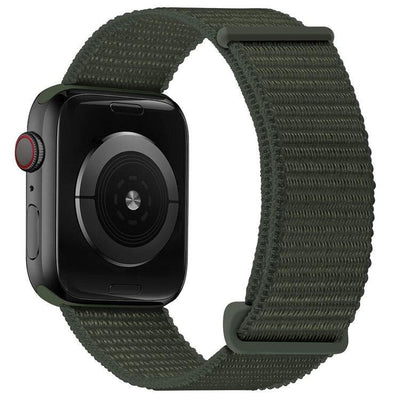
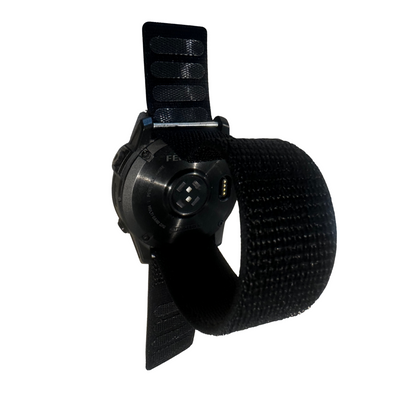
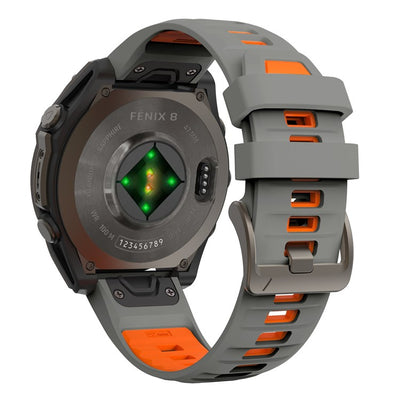
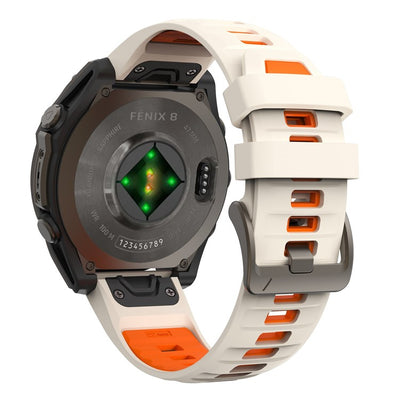
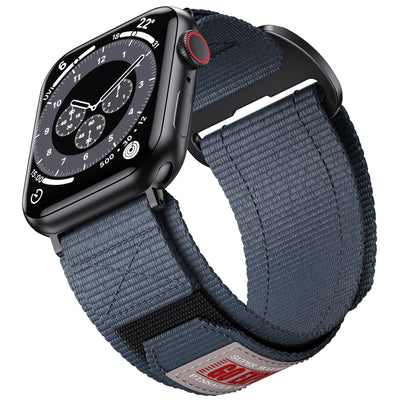
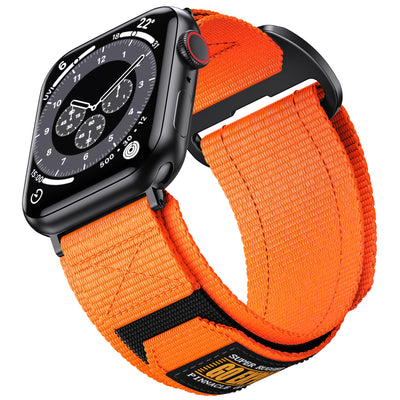
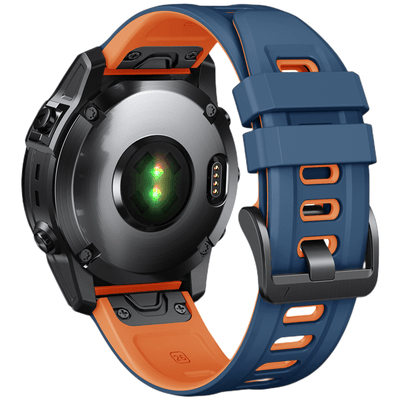
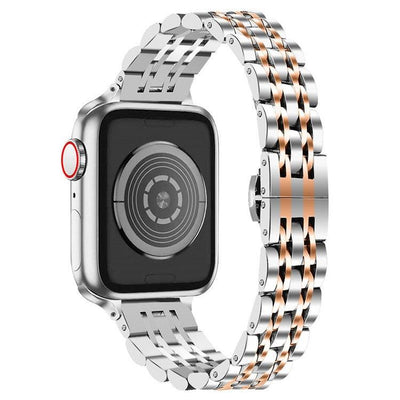
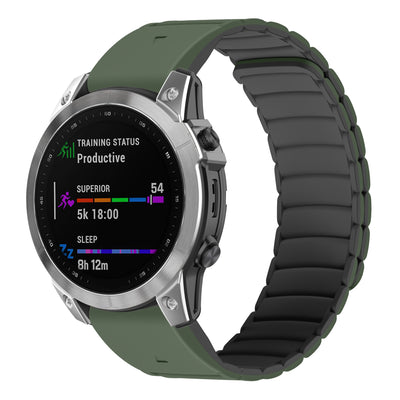
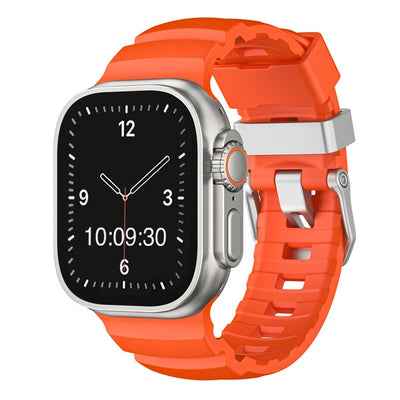
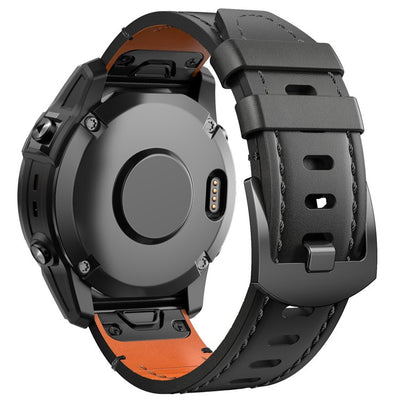
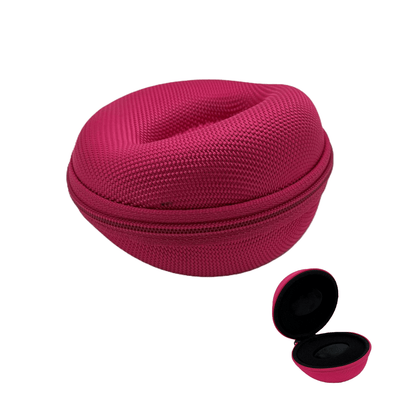
Share:
Why UK Consumers Are Switching from Apple Watch to Garmin
Garmin Epix Pro Gen 2 vs Venu 3 & Venu 3S: Complete Comparison & Strap Guide